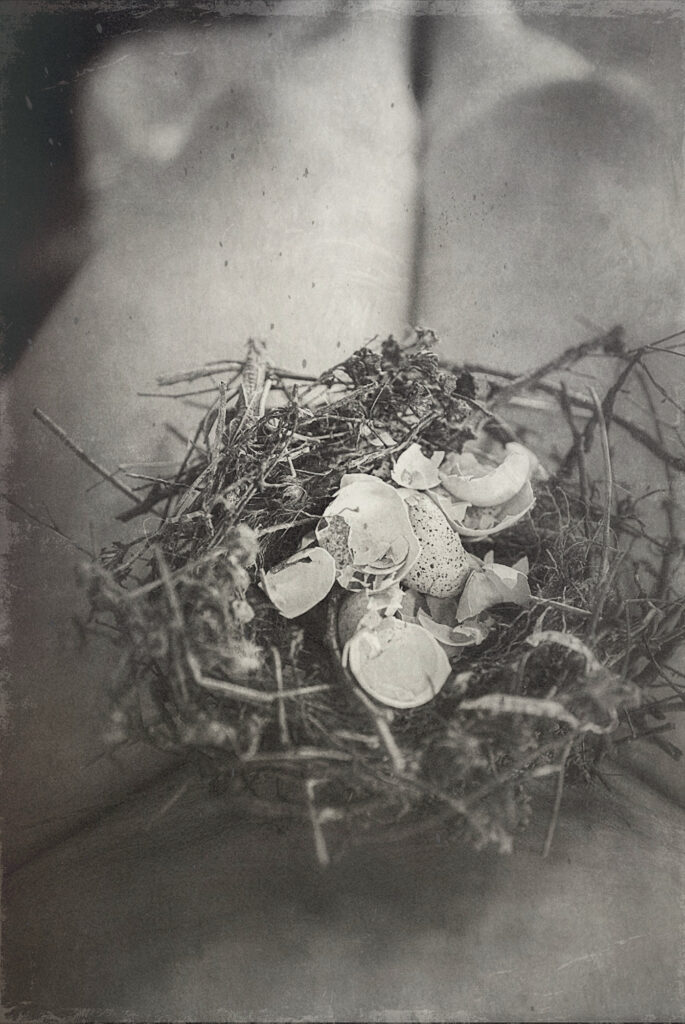So, what’s the difference between a self-portrait and a selfie?
A self-portrait is carefully conceived. It is intended to have shelf life and to be considered as art. Everything about the self-portrait is considered and intentional. The photographer needs to be hyperaware of every detail that will appear in the frame.
A selfie, on the other hand, is a snapshot of who a person believes they are (or wants to suggest they are) in a moment. Often self-promotional, the selfie does not invite the viewer in, nor does it create a connection. At its best, it’s a fun visual record of a moment in time. At its worst, the selfie is an attempt to elicit envy; i.e., “Look at me! Look at my fabulous life as I am presenting it in this tiny photograph I took with my phone!”
Is one “better” than the other? No, not really. But one is almost certainly more authentic.
“A selfie is a smaller branch of self-portraiture. A self-portrait considers the interiority of the artist,” says photographer Deana Lawson.
It’s that word “interiority” that matters so much to me.
I took a self-portrait class back at the beginning of the Covid period. It was terrifying because at the heart of every critique of the photographs I submitted was this question: Why didn’t you go deeper? What are you afraid of showing?
I tried my best, but I wasn’t ready for a class like that and the instructor was not someone I could relate to, frankly. My takeaway was that a self-portrait needed to be a painful experience and that the only path to authenticity was shame.
At the end, I presented a series of self-portraits in which I had stripped off my clothes and stood naked before the camera. While the teacher applauded this and thought the work was “mind blowing”, I didn’t feel good about it. Because while standing naked and photographing myself was “brave”, it felt like a form of manipulation. Nakedness = authenticity.
Except it doesn’t.
Vulnerability is the key. And although I stood naked, I didn’t necessarily open the lens to vulnerability. My vulnerability. Without my confidence, without my asserted self-control, unsure.
Much more recently, I tried it again. Different class, different instructor, different dynamic and different time. And the penny dropped this time around. Namely, that what makes the work its most powerful is the truth it reveals about its subject: me. That in “going there”, I was making the personal universal. I was making it possible to connect with the viewer and, at the same time, offering myself for interpretation. I wasn’t imposing the message or the meaning.
Big light bulb moment.
I learned that an honest self-portrait does not always feature a face. That the portrait of, say, a foot or a hand may indeed capture the essence of the self.
The self portrait I liked most from that second workshop (and a shout out here to The Griffin Museum and workshop leader and amazing photographer Donna Garcia) was the one I feature here.

It is a self-portrait about expectation and reality. I always believed I would become a mother; but, I have never had a child.
This is a self-portrait. So much is revealed and shared, without judgment and without shame. This is not a selfie.